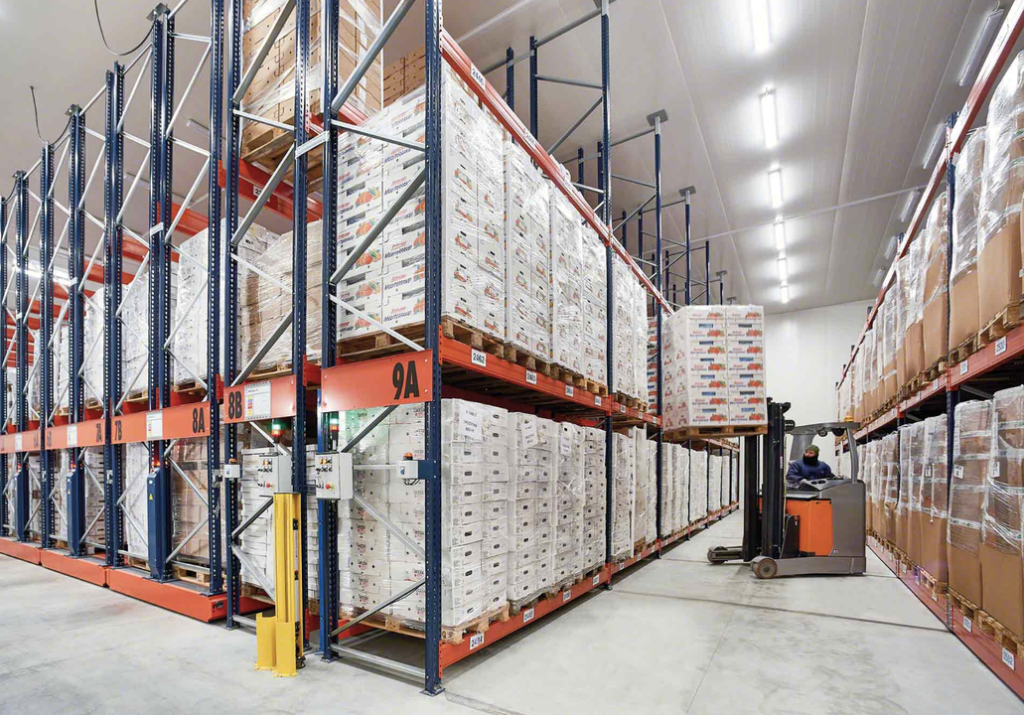Revolutionizing Forest Product Logistics the Rise of Container Shipping
The global demand for forest products, including timber, paper, and various wood-based materials, has surged in recent years, driven by population growth, urbanization, and sustainability trends. In response to this demand, the logistics surrounding the transportation of these products have undergone a significant transformation, primarily through the rise of container shipping. This innovative approach has not only streamlined the supply chain but also enhanced efficiency and reduced costs, positioning container shipping as a game-changer in the forest products industry. Traditionally, the logistics of forest products involved cumbersome and inefficient methods, often characterized by break-bulk shipping where goods were loaded and unloaded individually. This process was time-consuming, prone to damage, and required substantial labor resources. However, the advent of container shipping has revolutionized this model. By allowing forest products to be securely packaged and transported in standardized containers, shipping companies have improved handling efficiency and minimized damage during transit.

One of the most significant benefits of container shipping is its capacity to optimize space utilization. Containers can be stacked and stored efficiently, maximizing the cargo space available on ships, trucks, and trains. This optimization leads to reduced shipping costs per unit, making it economically feasible for companies to transport larger volumes of forest products across long distances. Additionally, the standardized nature of containers facilitates smoother logistics operations at ports and terminals, further expediting the transportation process. Sustainability has also emerged as a critical factor in the evolution of forest product logistics. With growing concerns about climate change and environmental degradation, companies are increasingly prioritizing eco-friendly practices. Container shipping is inherently more sustainable than traditional methods, as it typically produces lower carbon emissions per ton-mile due to its efficiency and economies of scale. Moreover, advancements in container design, including the use of recyclable materials, align with the industry’s commitment to sustainability.
Technological innovations have played a pivotal role in enhancing the container shipping experience. The integration of tracking systems allows companies to monitor shipments in real time, ensuring transparency and enabling proactive decision-making. This visibility reduces the risk of delays and enhances customer satisfaction, forest products cold storage as buyers can receive updates on their orders. The rise of container shipping has revolutionized forest product logistics by enhancing efficiency, reducing costs, and promoting sustainability. As the industry continues to evolve, stakeholders must embrace these innovations to meet growing demand while prioritizing environmental stewardship. The future of forest products logistics will undoubtedly be shaped by the continued adoption of container shipping, setting new standards for efficiency and sustainability in the global supply chain.


